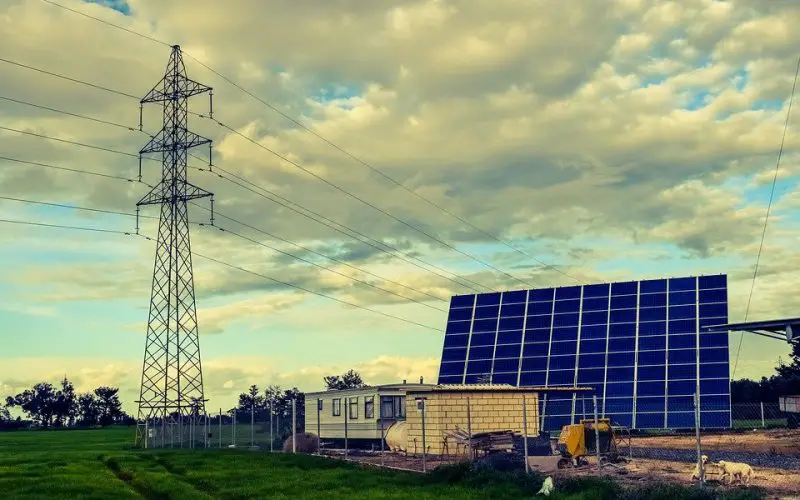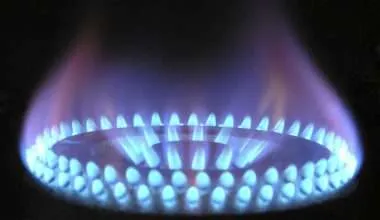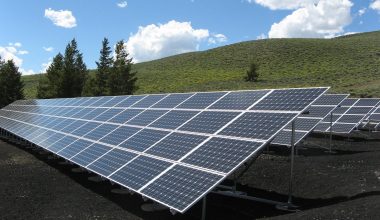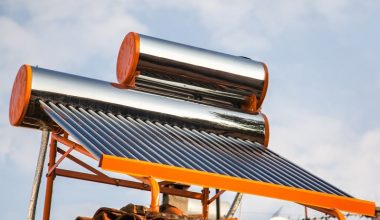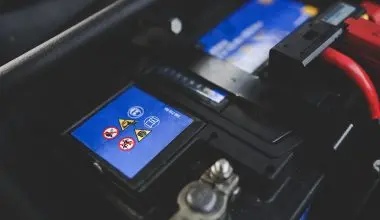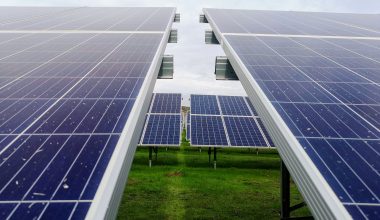Table of Contents Show
While cleaning the dirt gathered on experimental solar panels located on the roof of University of Gandhinagar, India, A researcher thought of working out how dust on solar panels affects the efficiency of solar panels.
The study ended up revealing that these tiny microscopic particles can amount to more than 25% drop in efficiency.
When microscopic dust particles can cause such a decrease just by partially transparent shadows, what do you think would be the effect of an object such a tree that blocks the light completely?
How do Solar Panels Generate Electricity?
Solar Panels are also known as photo-voltaic systems and need the sunlight to hit the panels to generate electricity. These panels have solar cells, which have atoms whose electrons are knocked by using energy from the sun. The knocked electrons then move through the semiconductor material of the solar panels producing energy. This happens until the electron flow hits a shaded panel…
You can read more on How Solar Panels Generate Electricity?
So Why does Shading Effect the Energy Output of Solar Panels?
The electrons in shaded cells are not knocked out as they are not excited by sunlight. This disrupts the flow of electrons in the panel. Consequently, the other cells have to work harder to ensure the flow of electrons.
Even the cells that neighbor these shaded cells are affected as they do not receive the initial energy boost to knock off electrons. As a result, shaded solar panels lose up to 50% of their efficiency.
Not only that, Shadow doesn’t only decrease the efficiency but the life expectancy of the solar systems as well! This is because the rest of the cells are overworked most of the time and have a higher risk of malfunction.
As we have been discussing about the developments in the solar industry, researchers came up with a way to overcome this hurdle by the use of ‘bypass diodes’.
When equipped with bypass diodes, the efficiency of shaded panels does not fall by up to 50%. It falls only by the percentage matched with the percentage of shade on solar panel. So if 20% is shaded, there would only be a drop of 20% in the efficiency.
What can cast Shade on your Solar Panels?
There are many sources of shade on your solar panels. Also, I’d like to add that dust is much lower on the list when compared to other sources of shade.
Trees and Shrubs are the most expected reason for putting shade on your solar panels. You need to check for surrounding plants and trees before installing your solar panels. Also, after installing you have to check every few years to make sure that they haven’t grew big enough to cover your solar panels. Not only yours, look out for your neighbors’ trees as well!
Roof: During the time the sun is lower in the sky, the angle of your roof as well as the chimney can block the sunlight from reaching your panels.
Taller Buildings: These are yet another reason that could cast a shadow on your solar panels and reduce the electricity generation. Although, this is out of your hand but your solar panels can still generate electricity when the sun is in center of the sky at noon.
Cloudy days: Clouds are not completely impervious to sunlight, they allow some of it to pass through and so your shaded panels would still be generating electricity.
Snowy days: An inch of snow gathered overnight could simply block the sunlight from reaching your solar cells, just like we talked about dust accumulating over solar panels.
So, How to deal with Solar Panels in shaded areas?
The best solution would be to place them at a spot where there is full access to sunlight, doesn’t necessarily have to be the roof.
If you’re thinking about placing them on the yard and there’s a tree around it that casts a shadow, then try trimming off a few branches. In the worst case scenario that you have to cut the tree, please remember to plant a new one away from your house to replace it.
Routine maintenance is required by all solar panels to remove the dust or snow over solar panels that decrease its efficiency. When you’re doing just that, remember to clean them without damaging the surface of solar panels which could decrease its efficiency.
If your panels receive a good share of the sunlight throughout the day except a few hours then power optimizers or micro-inverters could be the solution for you. These products make sure to collect energy from each panel separately so if one of them is not generating enough energy, that doesn’t affect the energy output or put pressure on rest of the panels.
In such cases, another good option would be to use amorphous silicon panels which have irregularly arranged solar cells to absorb more solar energy from the sun. But the disadvantage of amorphous solar panels is that they have lower lifetimes and lower maximum energy output.
Saving the best for last, the technology of Solar panels is ever-developing. Researchers have developed new ‘super-black’ solar cells which have the ability to generate the same amount of electricity on cloudy days as on perfectly sunny days. All we have to do is wait a few years before these are mass-produced and available in markets for us to buy. Send us an e-mail and we’ll update you when they hit the markets!
Needless to say, there are solutions being developed to ensure that we use the energy from sunlight to the maximum. This can be understood by reading more about How solar energy developed to what it is today? As well as What does the future hold in terms of Solar Energy?
